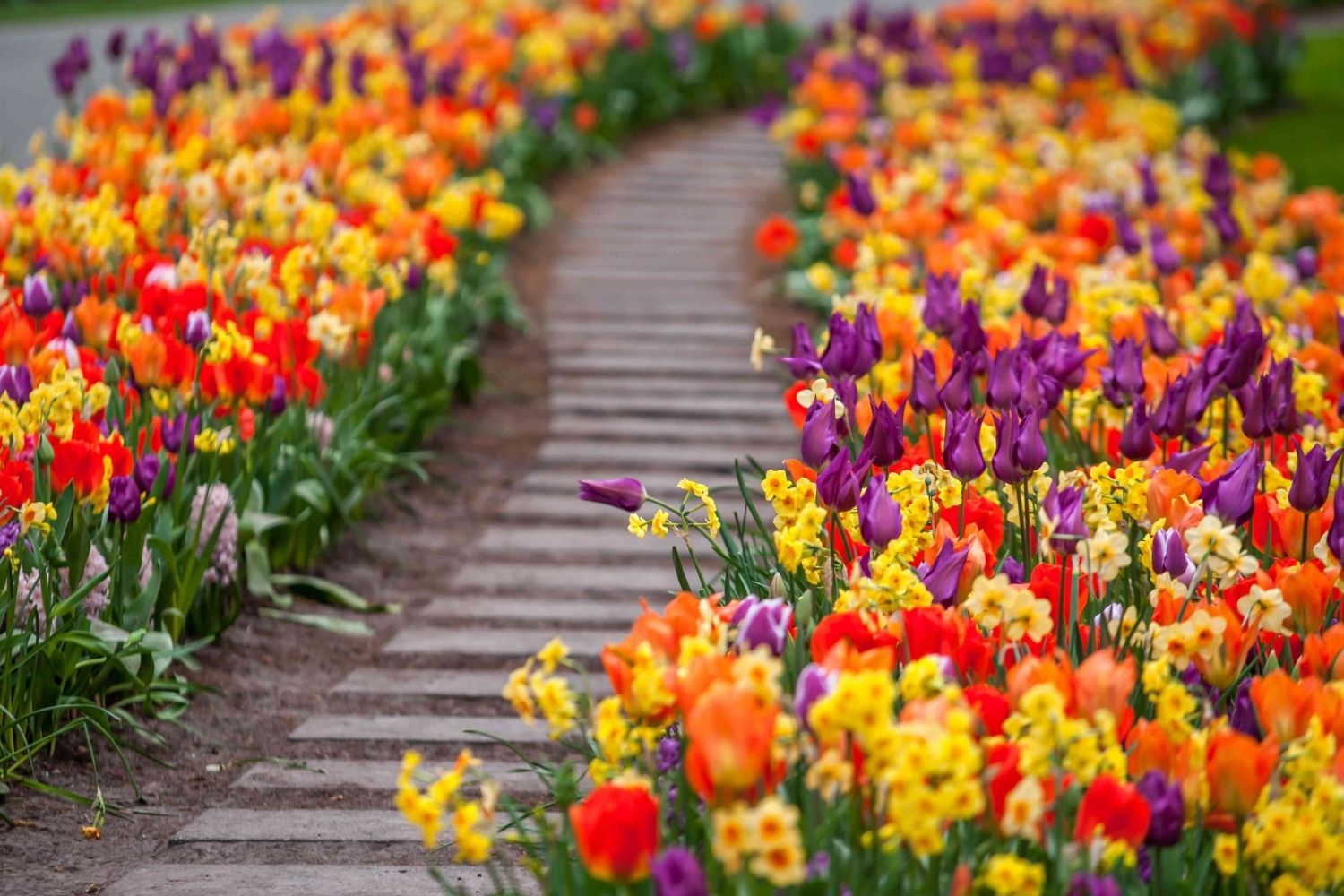
Landscape plants can transform any outdoor space into a vibrant, inviting area. But what makes these plants so special? Landscape plants are not just about aesthetics; they play a crucial role in the environment. They help reduce soil erosion, improve air quality, and provide habitats for wildlife. Whether you're a seasoned gardener or a newbie, understanding the benefits and characteristics of different landscape plants can help you make informed choices for your garden. From evergreens to flowering shrubs, each plant has unique features that can enhance your outdoor space. Ready to dig deeper into the world of landscape plants? Let's get started!
Key Takeaways:
- Trees are ancient communicators and energy savers. They can live for thousands of years, communicate with each other, and reduce energy costs by up to 50%. They're like the wise elders of the landscape!
- Flowers are nature's colorful healers and shape-shifters. Some bloom at night, change color based on soil pH, and even have medicinal uses. They're like the magical shape-shifters of the garden!
Landscape Plants: Nature's Art
Landscape plants transform outdoor spaces into vibrant, living art. They provide beauty, shade, and even food. Here are some fascinating facts about these green wonders.
Trees: The Giants of the Landscape
Trees are the backbone of any landscape. They offer shade, improve air quality, and add character to any space.
- Trees can live for thousands of years. The oldest known tree, a bristlecone pine named Methuselah, is over 4,800 years old.
- Some trees communicate with each other. Through a network of fungi known as mycorrhizae, trees can share nutrients and even warn each other of pests.
- Trees can reduce energy costs. Strategically planting trees around your home can lower air conditioning costs by up to 50%.
- Certain trees can absorb pollutants. Trees like the London plane can absorb pollutants like nitrogen dioxide and sulfur dioxide, cleaning the air.
Shrubs: The Versatile Beauties
Shrubs are versatile plants that can serve as hedges, borders, or standalone features. They come in various shapes, sizes, and colors.
- Some shrubs are evergreen. Evergreen shrubs like boxwood retain their leaves year-round, providing constant greenery.
- Shrubs can attract wildlife. Flowering shrubs like butterfly bush attract pollinators such as bees and butterflies.
- Certain shrubs are medicinal. Plants like witch hazel have been used for centuries in traditional medicine for their healing properties.
- Shrubs can act as natural fences. Dense shrubs like privet can create natural barriers, offering privacy and security.
Flowers: The Colorful Accents
Flowers add bursts of color and fragrance to any landscape. They can be annuals, perennials, or biennials, each with unique growing cycles.
- Some flowers bloom at night. Plants like moonflowers open their blooms in the evening, attracting nocturnal pollinators.
- Certain flowers are edible. Nasturtiums and pansies can be used in salads, adding both color and flavor.
- Flowers can change color. Hydrangeas can change color based on soil pH, with acidic soil producing blue flowers and alkaline soil producing pink ones.
- Some flowers have medicinal uses. Calendula, also known as marigold, has anti-inflammatory properties and is used in skincare products.
Groundcovers: The Living Carpet
Groundcovers are low-growing plants that spread across the soil, preventing erosion and suppressing weeds. They are perfect for areas where grass struggles to grow.
- Groundcovers can thrive in shade. Plants like hostas and ferns do well in shady areas where grass might not grow.
- Some groundcovers are drought-tolerant. Sedum and creeping thyme can survive with minimal water, making them ideal for dry climates.
- Certain groundcovers are fragrant. Creeping thyme releases a pleasant scent when walked on, adding an aromatic element to your garden.
- Groundcovers can attract beneficial insects. Plants like clover attract pollinators and beneficial insects that help control pests.
Vines: The Climbers
Vines can climb walls, trellises, and fences, adding vertical interest to landscapes. They can be ornamental or functional, providing shade and privacy.
- Some vines grow rapidly. Plants like wisteria can grow up to 10 feet in a single year, quickly covering structures.
- Certain vines produce fruit. Grapevines and passionflower vines produce delicious fruits that can be harvested and enjoyed.
- Vines can provide shade. Climbing plants like ivy can cover pergolas, creating shaded areas for relaxation.
- Some vines have beautiful flowers. Clematis and morning glory produce stunning blooms that can brighten any vertical space.
Ornamental Grasses: The Graceful Waves
Ornamental grasses add texture and movement to landscapes. They are low-maintenance and can thrive in various conditions.
The Beauty of Landscape Plants
Landscape plants do more than just decorate our surroundings. They provide shade, improve air quality, and even boost our mood. From the towering oak trees to the delicate roses, each plant has its own unique charm and benefits. Whether you're a seasoned gardener or just starting out, there's always something new to learn about these green wonders.
Remember, choosing the right plants for your garden can make a big difference. Consider factors like climate, soil type, and sunlight when selecting your plants. And don't forget to give them the care they need to thrive.
So next time you walk through a garden or park, take a moment to appreciate the beauty and benefits of landscape plants. They truly are nature's gift to us. Happy gardening!
Frequently Asked Questions
Was this page helpful?
Our commitment to delivering trustworthy and engaging content is at the heart of what we do. Each fact on our site is contributed by real users like you, bringing a wealth of diverse insights and information. To ensure the highest standards of accuracy and reliability, our dedicated editors meticulously review each submission. This process guarantees that the facts we share are not only fascinating but also credible. Trust in our commitment to quality and authenticity as you explore and learn with us.
